Caroline is a retired social studies teacher and has tons of dates memorized and ready to expound upon as our guide to Halifax. Most of the dates we had heard about from our other historical tours so I won’t go into them again. Halifax was settled in 1749 and was used by the British to protect the lower colonies from the French. At that time we were still under British rule.
Just a little bit of trivia about this region. Halifax has the second largest & deepest ice free harbor in the world (Sydney, Australia is #1). Nova Scotia mean New Scotland but was settled mainly by Dutch and Germans (Deutsch sounds like Dutch but means German) but there are a lot of Irish and Scotch influences. Lobster season runs from Nov. to May in this area. Average winter temperature is zero so if colder it snows and if warmer it rains, sleets then snows.
On our way to Peggy’s Cove we stopped at Canadian Maple Products and learned all about Maple syrup. 98% of maple sap is water, 85% of the world’s maple syrup comes from the Maritime Provinces. A maple tree is 50-75 years old before you can tap it for syrup but it can be tapped every year for up to 100 years and in Nova Scotia only 10% of the trees are tapped - that can be 20,000 trees in 118 acres or 150,000 trees somewhere else or 5,000 in your back yard. Forty gallons of sap will make 1 gallon of syrup. And of course I bought lots of syrup, maple candy and maple butter.
South of Halifax is an area along the Atlantic coast with numerous small bays like Terrance Bay, Shedd Bay and St. Margaret’s Bay where the tiny town of Peggy’s Cove is located. This used to be a fishing cove but is recognized today as an artist’s community and draws thousands of tourist every day. The story goes, in some form or another, that Peggy was the lone survivor of a shipwreck at this small cove before 1811. Bill Degarthe was the artist in residence and carved out a rock wall to depict the life of a fisherman who is in communion with God and protected by His angels.
We had a lovely walk about town, stuck our heads in a couple of shops then had lunch. The rocks surrounding the lighthouse have been worn smooth by the ocean waves and make a beautiful landscape and a fun place to climb. It was foggy all morning, seemed to lift at lunch time but it dropped back down before we could see the opposite shore. We did get some pretty pictures though.
It seems as if Halifax has seen it share of tragedy. We drove past the area where Swiss Air 111 crashed into the ocean killing all on board. Then we stopped at the Fairview Lawn Cemetery where victims of the Titanic are buried. The dead were brought to Halifax, some were buried at sea, some in their religious cemeteries (if known) and the majority were buried in Halifax. Some were identified but many were unknown.
Then on Dec. 6, 1917 at the beginning of WWI, a French ammo ship, the Mont Blanc, was coming into Halifax harbor to lay over before going to Europe. As it was passing through the narrowest point in the harbor another ship, the Imo full of medical supplies for the war, was coming out. The ammo ship clipped the other ship causing a gas spill on the ammo ship. As they pulled apart, sparks ignited the gas and 30 minutes later the largest man made explosion in the world blew a hole in the harbor and destroyed 2 km of the northern part of the city of Halifax, killing almost 2,000 people and injuring another 1,000. To this day this was the largest non-nuclear explosion in the world. The Mont Blanc was carrying almost 3000 tons of explosives.
Now on to more pleasant sights. We enjoyed a band playing blues music while we walked through The Public Gardens laid out as a Victorian style garden with exotic plants and lovely designs made of flowers.
Our last stop was the Halifax Citadel where we watched the changing of the guard and walked the ramparts before going into the museum. This fort sits high on a hill overlooking the city and harbor.
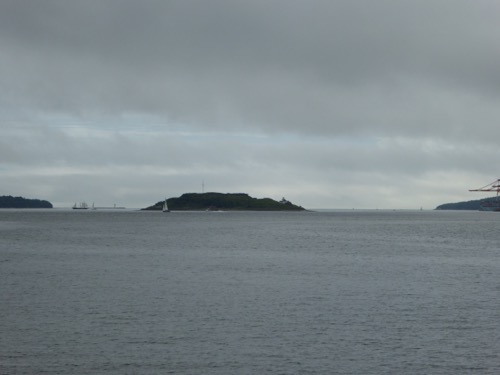
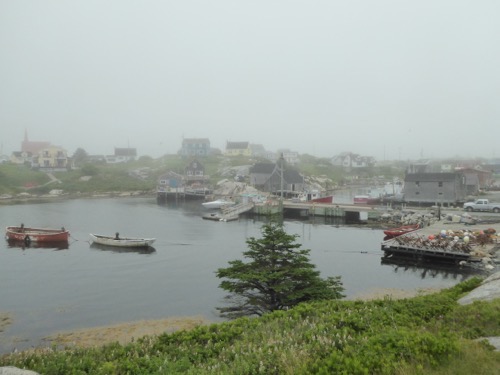

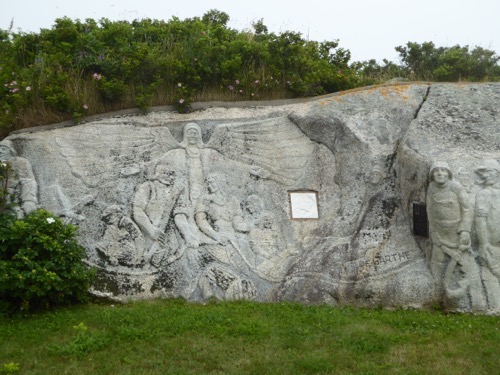
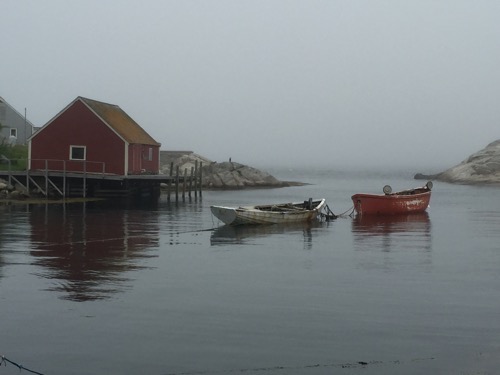
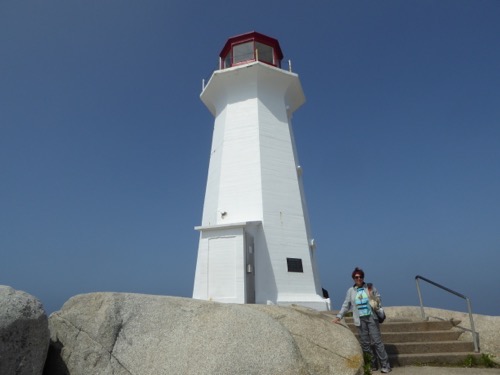
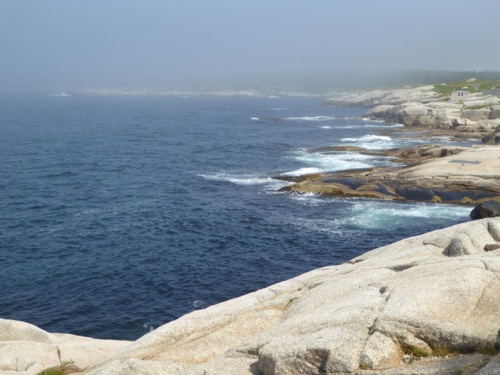
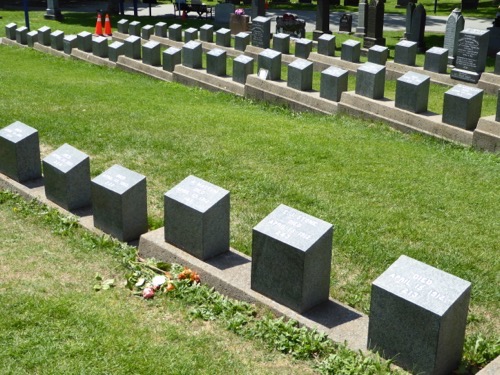
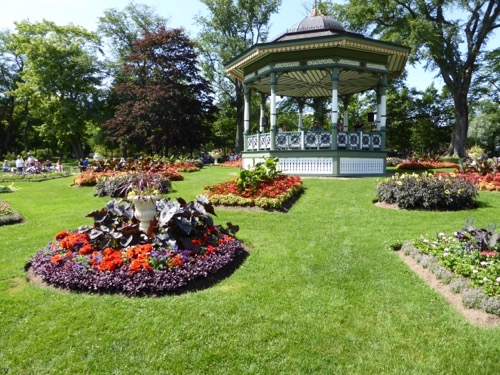


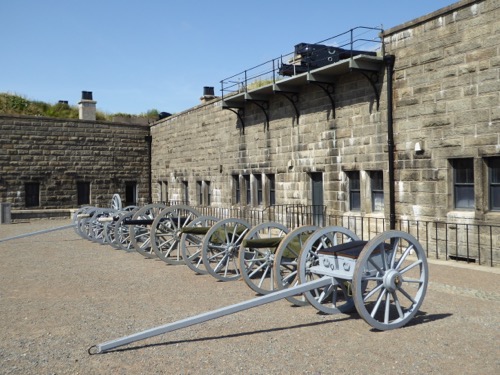
No comments:
Post a Comment